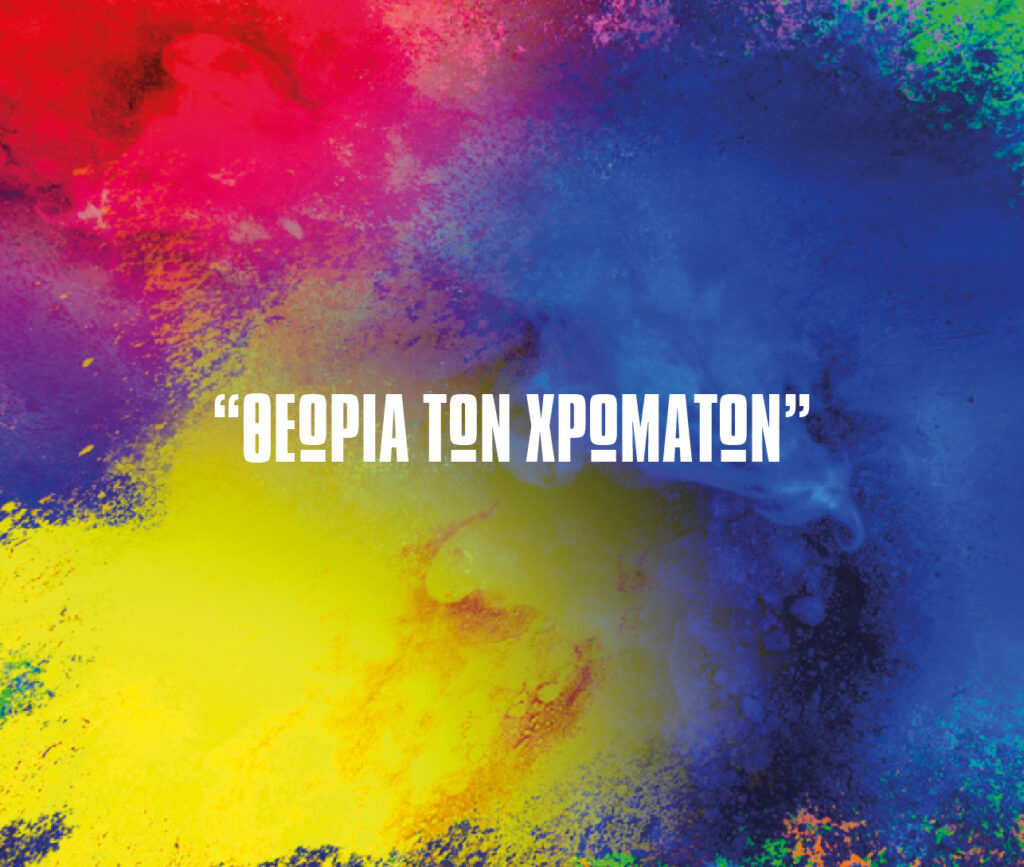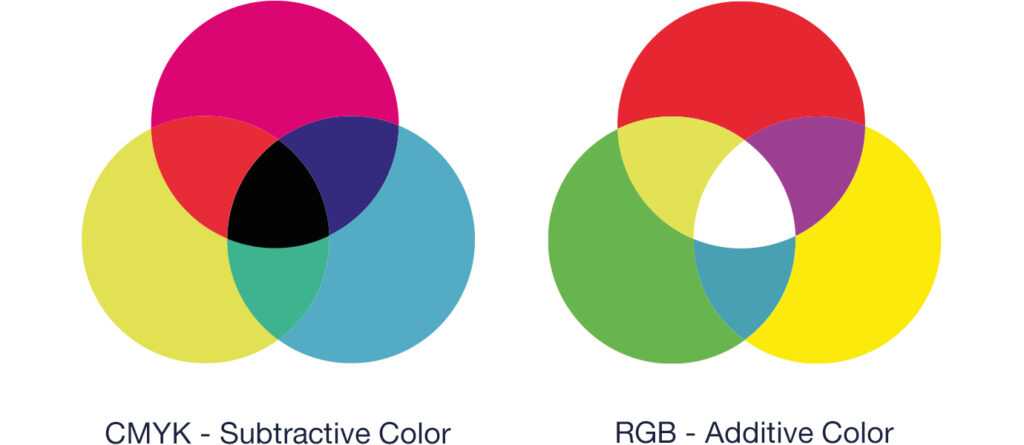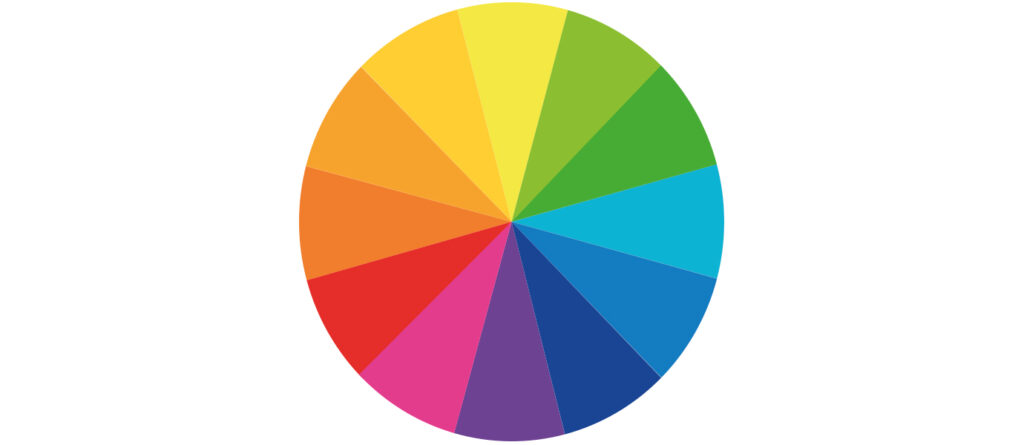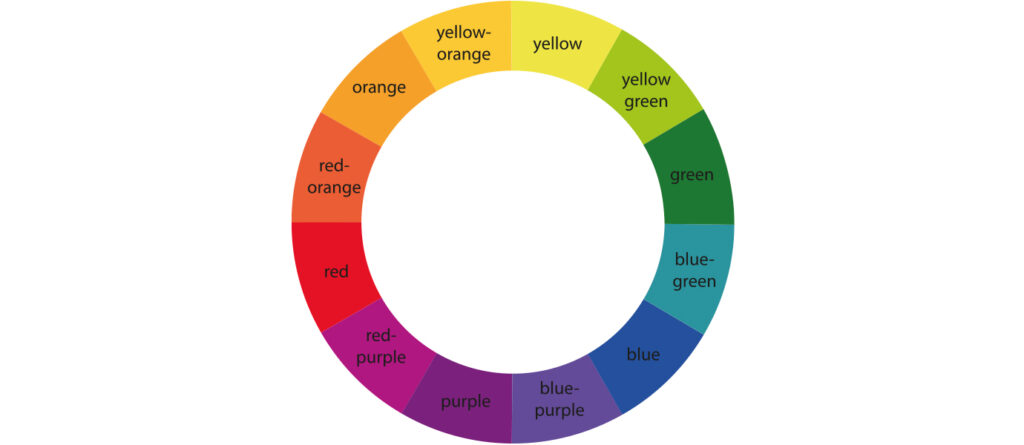
Color Systems
First of all, it is important to emphasize that there are different color systems depending on the type of media in which we use them. In our case, we are talking about the RYB (Red, Yellow and Blue) system used by artists who work with paint colors or cosmetics. You may have heard of CMY (Cyan, Magenta and Yellow) or CMYK (plus black) used in graphic design and printing, or RGB used in electronic media such as television, photography and computers. The main difference between these systems is that when we use RYB we are referring to the physical presence of color in an organism or an object, something you can touch like a face or an apple for example. This is called an “abstractive” system. In other systems, colors are created by something you can’t touch, such as light, rainbows, reflections, and digital images on the screen. These are called “additives”. This is why we have a different perception of colors created by light and “tangible” colors and that’s why makeup colors and “tangible” colors can look different on camera and screen than how we perceive them with our eyes.

The color wheel
So let’s start with the fundamental model underlying color mixing in an “abstractive” system. The color wheel we still use today was developed by Isaac Newton in 1666.

The color wheel presents a logical sequence of 12 colors or hues in relation to each other to help us render chromatology in the simplest way. The wheel is a tool that helps us understand how colors relate to each other and how they are perceived by the human eye, something that is fundamental to performing makeup. The color wheel primarily shows us the relationship between the primary colors and all the other colors and shades that exist between them.
Terminology
First let’s analyze the information.
The Color has three characteristics
SHADE, CLARITY and INTENSITY.
THE SHADE it is the pure color found on the color wheel, including the primary, secondary and tertiary colors.
CLARITY is the relative brightness of the color. (Or grayscale, but we’ll get to that later)
Intensity is how intense or dull a color is.
Taking into account the above, let’s analyze a little more how colors and shades are classified.
1. PRIMARY colors are those that cannot be created by mixing other colors and in our case these are Red, Yellow and Blue.
2. SECONDARY colors are the hues created when mixing primary colors with full saturation. These are Orange (Red and Yellow), Violet (Blue and Red) and Green (Yellow and Blue).
3. THIRD colors are shades that are created when we mix primary and secondary colors. These are Red-Orange, Yellow-Orange, Yellow-Green, Blue-Green, Blue-Violet and Red-Violet.
Primary, secondary and tertiary colors make up the 12 colors of the color wheel.

4. ΣCOMPLEMENTARY colors are those that when mixed cancel each other out forming a tone in the gray scale. They are sometimes referred to as “opposite” or “corrective” colors and are always exactly diametrically opposed to each other on the color wheel.
5. ACCORDINGLY colors are a group of three colors that lie next to each other on the wheel and include a primary, a secondary and a tertiary color or shade.
